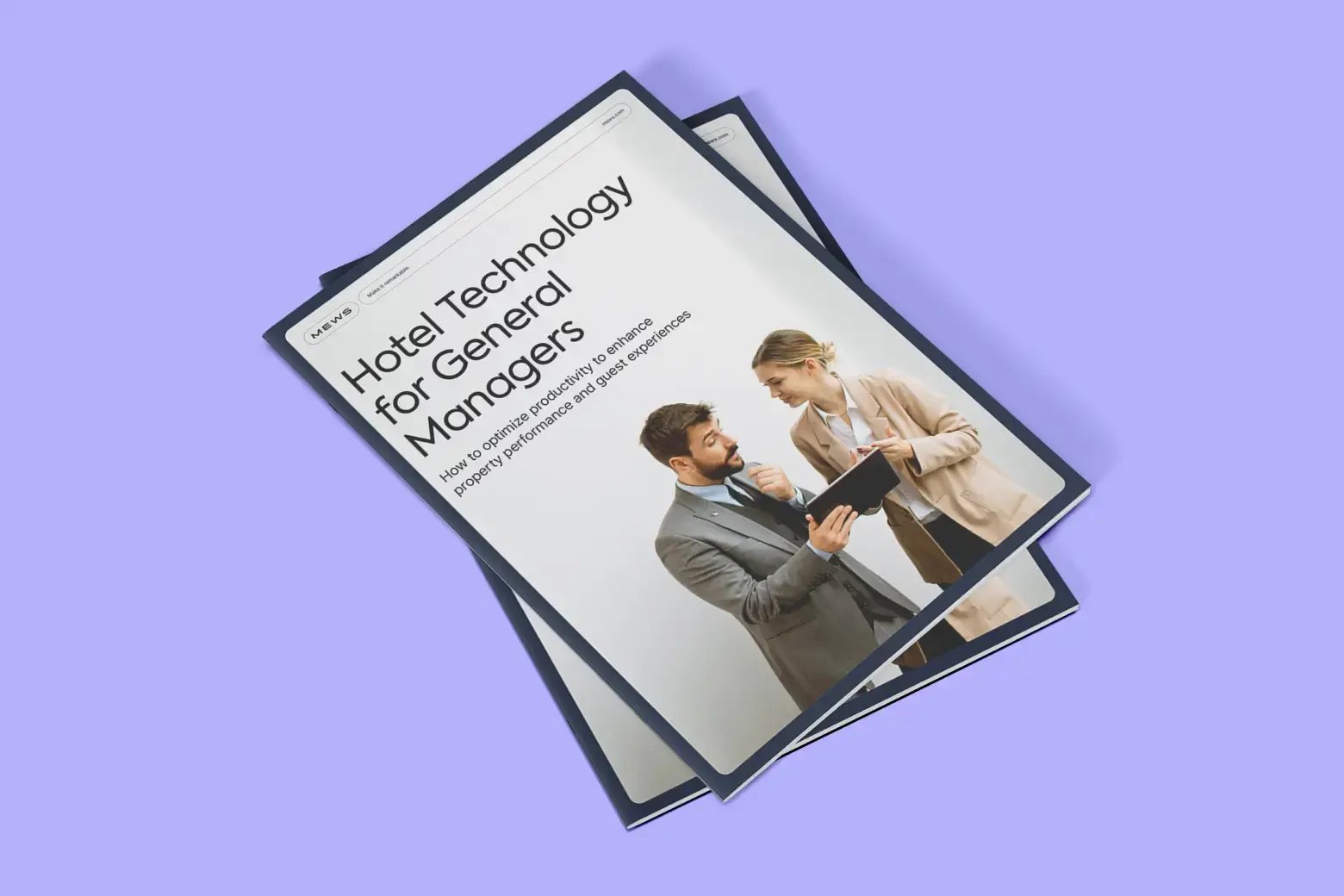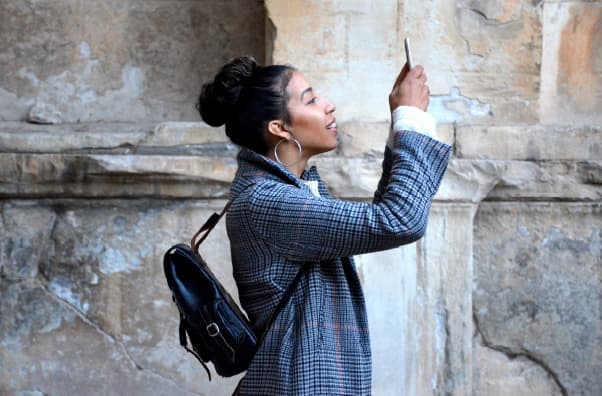Direct guest messaging can be a powerful tool to increase operational efficiency, provide a stellar guest experience and even drive revenue when used properly. This is why it’s so important to develop a strategy and keep in mind the best practices. When used properly, it can help you manage guest expectations, set the tone for their stay and help solve pressing inquiries throughout their time with you.
The immediacy of a direct guest messaging software allows you to avoid problems, ask for feedback while guests are on site and make sure all their needs are being met. This marketing strategy can be used in every stage of the guest funnel, but there are a few best practices and mistakes to avoid that we will discuss in further detail in this article.
Table of contents
Best practices for direct guest messaging for hotels
Because direct guest messaging is such a great marketing tool, let’s look at the best practices so that you can be sure to use it to your hotel’s advantage.
Implement a virtual concierge
A virtual concierge puts the experience in the hands of guests with the help of an app that can be downloaded for a tablet, mobile or laptop. From here, guests can access your direct messaging service, allowing them to contact you during any phase of their stay. Using a virtual concierge in addition to a traditional concierge, you can respond to queries more quickly, providing excellent service that will improve guest satisfaction levels.
With a virtual concierge, real-time messages are sent directly to your front desk staff, so they can manage requests, whether it be a housekeeping request or a simple question. Virtual concierges also give you the possibility of allowing guests to check in and check out online. These online guest services tied together with direct messaging are small steps you can take as a hotel to offer outstanding quality of service.
Give timely responses
One of the keys of direct messages is that guests will expect to be answered in a timely fashion. You can also set up automatic responses to your most frequently asked questions like the Wi-Fi password, check-out time, how to set a wake-up time, and other common requests.
A virtual concierge will help automate the process of responding to messages, but you may also consider implementing a chatbot. Chatbots allow you to automate responses and escalate problems to a member of your staff should it be necessary. Learn more about chatbots.
Both chatbots and a virtual concierge help you to give timely responses so that guests feel like their needs are being met with a sense of urgency.
Customization is key
Customization is key in order to ensure that guests know there are real humans behind the direct messaging, and to make them feel special. Instead of generic greetings, try personalizing your messages with their name and reservation information. You may even give guests the option of customizing their room with special music or asking them their ideal room temperature. The little extras are what ultimately makes the difference.
Learn more about making interactive and customized hotel experiences.
Be proactive and set expectations
In the digital world, immediate gratification is the name of the game. Make sure that you are straightforward with wait times and response times, so guests don’t get impatient for a response. Phrases like “we’re on it right away” or “please allow us one business day to get back to you” will help manage expectations of response times. When used right, guest messaging is a key tool to manage expectations and avoid potential problems.
You can use direct messaging to check in with guests and see how their stay is going, and to proactively provide important information that they are likely to ask for. Catch potential problems before they turn into negative reviews; sometimes it’s easier to give negative feedback via text rather than in person. Once you get the feedback, be sure to react immediately to correct the problems.
Connect at every stage of the guest journey
Direct messaging should be used to connect with guests at every stage of their journey from the pre-trip phase, during their stay, to the post-trip phase. Creating customized messages that will give added value at each phase of the buyer journey is key to the success of this marketing tool, as well as to your success in creating an unforgettable guest experience.
Mistakes to avoid when managing direct guest messaging
Now that we’ve looked at the best practices, let’s also look at some mistakes to avoid.
Bombarding guests with messages
Just because you have a tool that makes it easy to interact with guests, doesn’t mean you should bombard them with messages. Use the “less is more” philosophy. Give preference to fewer messages that truly give some added value, rather than a string of messages just for the sake of messaging. While it can be a very useful way to interact with your guests, it becomes harmful to your reputation if it becomes too frequent.
Not providing an opt out option
Direct messages may not be for everyone. Just like with your newsletter, you should give the chance to opt-out of receiving this type of communication, so that guests don’t feel overwhelmed. Some guests are more hands-off and would rather receive communication when they decide or when they ask for it. Make sure this option exists.
Replacing human interaction entirely
Just because you have an easy option of contacting guests via text messages doesn’t mean you should replace human interaction with them; text messages should be complementary to your face-to-face interactions. Ultimately, the customer service your staff provides is what makes the difference when it comes to choosing your brand over another. Learn about what makes the best customer service.
Conclusion
We’ve looked at the ins and outs of direct messaging and how when used right, it can be a powerful tool to increase satisfaction levels, manage expectations and provide stellar experiences at your hotel. While using targeted messages to guide guests through each stage of the funnel is helpful, this tool should be used sparingly and only when it provides added value to the guest journey.
When following the best practices outlined above, you may just have the perfect tool to unlock the ideal stay, drive future bookings and increase retention rates. By using targeted messaging at different touchpoints throughout the guest journey, hotels can design an impeccable buyer journey that will keep guests regularly engaged with your brand, increasing brand loyalty.

Author
Eva Lacalle
Eva has over a decade of international experience in marketing, communication, events and digital marketing. When she's not at work, she's probably surfing, dancing, or exploring the world.

Essential hotel technology for general managers
Download now
Hospitality hot takes straight to your inbox


.webp)